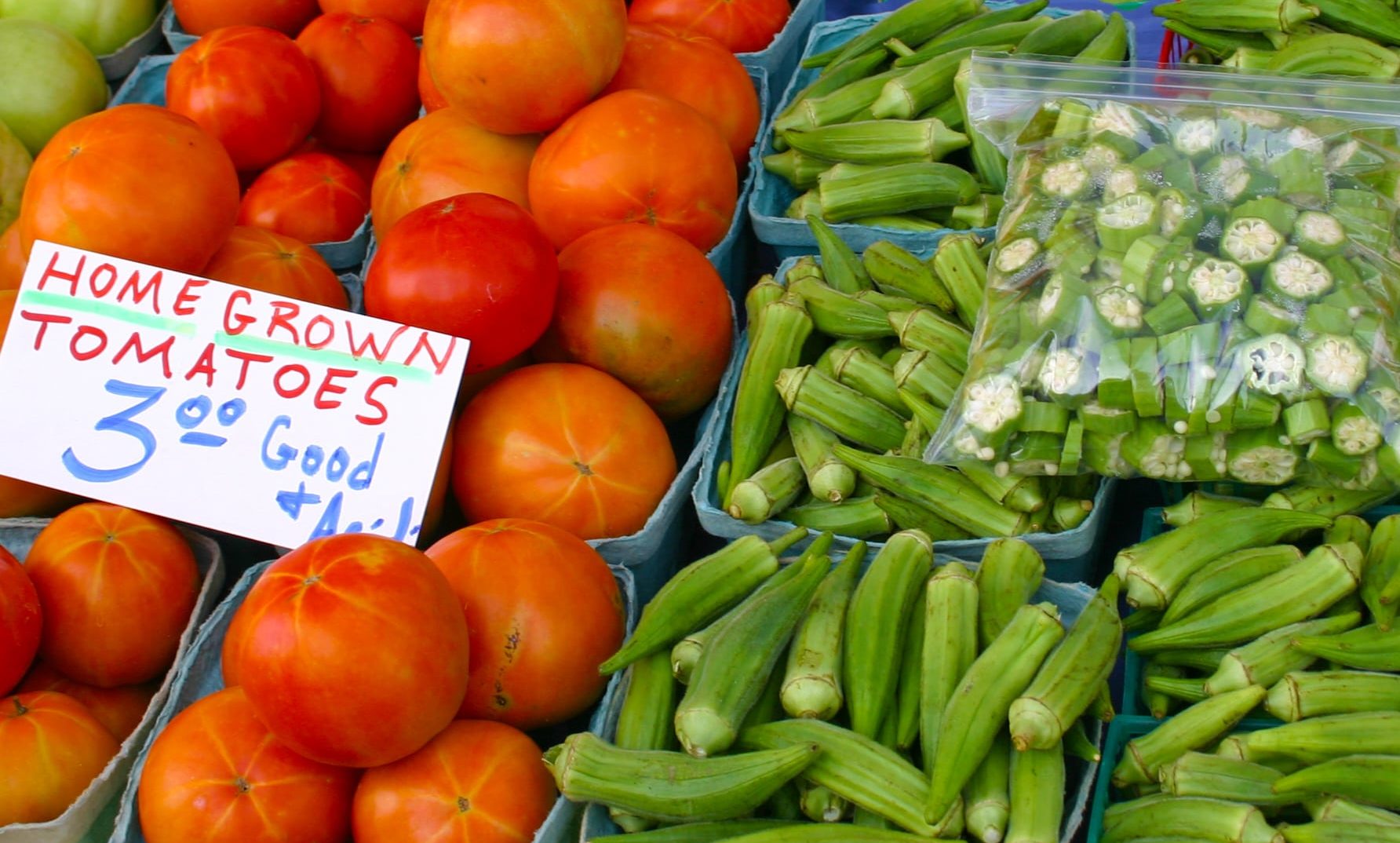Crop Production

Fruit and vegetable producers often wonder how much they can sell their products for. It is an important question to ask, but there is not always a straightforward answer. Usually there is a lot to consider in pricing products. The following describes factors that can affect the price of products. At the end of the day, the goal is to net as much as you can and earn a profit to bring back to the business.
Factors That Affect Price
Cost
It may not be a perfect calculation, but a producer needs to have a ballpark number of how much they actually have invested in the crop. There are different systems that will work, but what can producers do to understand all of the costs that have gone into producing their product? Crop inputs are usually the easiest to track, while items like labor, machinery, utilities, and others may involve making a calculated guess as to how much they were used.
Some operations may use a percentage method where they allocate portions of their overhead to different segments of their operation. For example, people can estimate that 20 percent of their overhead costs come from their tomato production, 10 percent from their greens, and 70 percent from cattle. As producers work on this, they can refine the numbers and be more precise.
Calculating an enterprise budget can help a producer understand upfront what the investment in a crop will be. An enterprise budget can also provide the breakeven price based on a farm’s costs and help determine an acceptable price range. Enterprise budgets for selected fruits and vegetables are available on the Alabama Extension website.
Price Comparison
Producers can reference other markets to see what comparable products are selling for. This is helpful information to know, but it is not recommended for producers to simply match their price to what they see at other places. It is better to develop a range for what they think is fair. If a producer determines that they are profitable at $5 a pound but see that a grocery store is selling for $7 a pound, that helps them understand what customers are willing to pay. Places for reference would be other farmers markets, grocery stores, USDA reports, and any other place where produce is sold.
Markets
Once the cost and the price/break-even revenue has been determined, the next step is to evaluate the market. (This article uses the term markets, but producers should consider these factors for any type of customer they want to evaluate). Evaluation is important. Even though people may know what their price needs to be, they have to find a market that will support that. That means that customers have to be willing and able to pay the set price for the product.
A number of factors can determine if that market/customer is appropriate.
- Do the customers have the means and willingness to pay? If a producer has premium products, they should now who will be willing to pay for that and where are they located.
- Are the items standard or more niche? Some areas would appreciate continuous new items, while others are looking for more standard items.
- Is the market local or will traveling be required? Producers should look up the federal mileage rate ($.575 for 2020) and use that to calculate travel cost for each market. If there is an additional $100 cost each time they visit that market, they should consider the additional revenue they would need.
- Some markets are small and some are large. If several producers are growing tomatoes but there are only 10 consistent customers, it may be hard to make enough sales to recover the cost. Some markets may even put restrictions on what someone can or cannot bring to discourage duplicate offerings. At this point, it is not a price problem but having enough buyers available.
Price is something highly variable and can even have several swings during the year. If a farm is able to net enough from their products to financially sustain the business and even have periodic opportunities to grow, that is a success.

